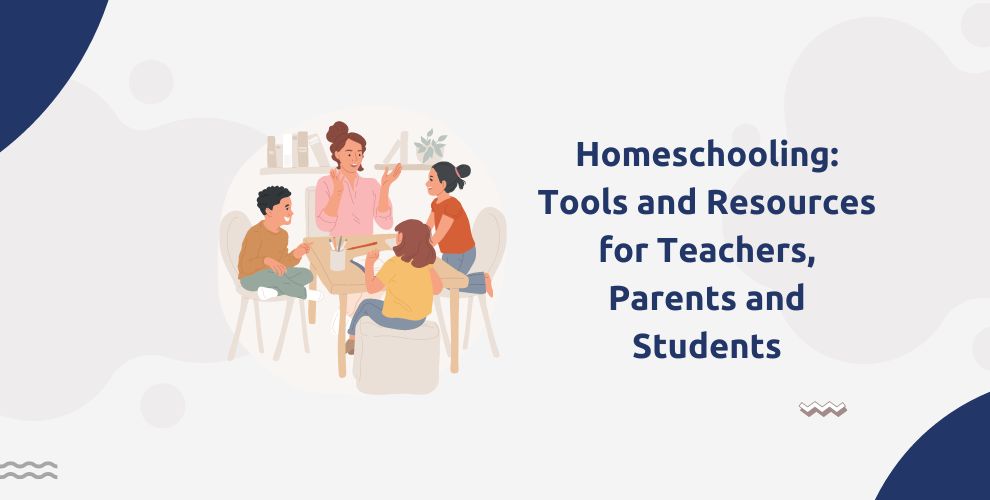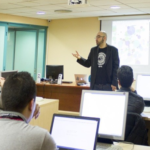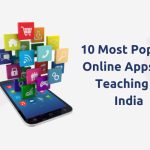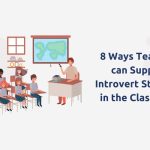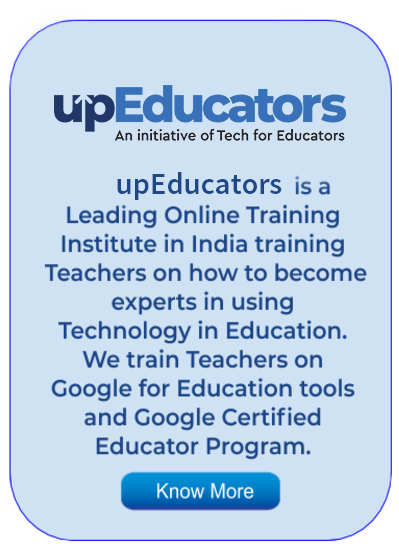Homeschoolers, in the past years, have performed equally well in the competitive exams compared to regular school goers. With the introduction of hundreds of digital tools and EdTech platforms, homeschooling has become a preferred way for many parents to educate their children. A lot of parents desire their children to learn in a less rigid and free environment. This is made possible by homeschooling. It also saves a lot of money otherwise spent on sending children to formal schools. And with the support of boards like NIOS and IGCSE, homeschooling becomes more credible in a country like India. So what is homeschooling and which tools can make it more approachable for parents and students? We will discuss it in detail in this blog.
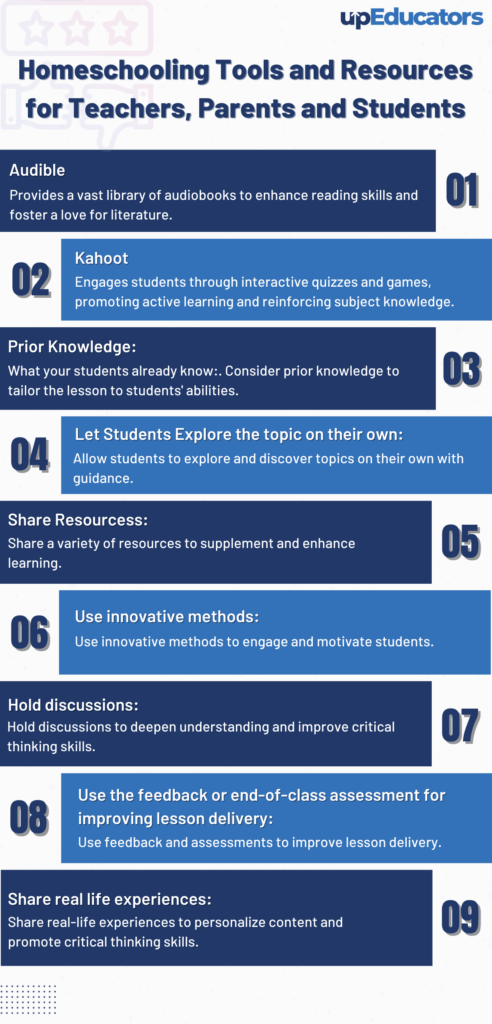
What is Homeschooling?
Homeschooling is an educational option in which parents or guardians choose to educate their children at home, instead of sending them to a traditional public or private school. Homeschooling allows parents to have more control over the curriculum and educational environment, and to tailor the education to the specific needs and abilities of their children.
Children who are homeschooled may follow a structured curriculum, or their education may be more self-directed, depending on the approach taken by the parents. Homeschooling can be an effective way for children to learn, but it can also present challenges, such as the need for parents to take on the role of teacher and create a suitable learning environment at home.
How Digital Tools Make the Home-Schooling Experience Better?
Digital tools can certainly make the homeschooling experience better in many ways. For example, they can:
- Provide access to a wide range of educational resources: Digital tools can provide homeschooled students with access to a vast array of educational materials, including online courses, lesson plans, educational videos, and educational software. This can help parents to create a more diverse and engaging curriculum for their children.
- Enhance communication and collaboration: Digital tools such as learning management systems, virtual classrooms, and online communication platforms can facilitate communication and collaboration between parents, students, and teachers. This can make it easier for parents to get support and feedback on their children’s learning, and for students to get help with assignments and projects.
- Improve organization and time management: Digital tools can help homeschooled students to stay organized and manage their time more effectively. For example, learning management systems and educational software can track progress and provide reminders for assignments and deadlines.
- Enhance the learning experience: Many digital tools are designed to be interactive and engaging, which can make learning more enjoyable for students. For example, educational games, simulations, and virtual reality experiences can provide a more immersive and interactive learning experience.
Overall, digital tools can be a valuable resource for homeschooling families, providing a wealth of educational materials and support to enhance the learning experience.
Must-Have Homeschooling Tools
Homeschooling can be fun and interactive with the right digital tools. But how do we select the best available digital resources for homeschooling?
upEducators has trained thousands of teachers in using digital tools in the classroom with courses like Google Certified Educator and Coding Course for Educators. And our team has created a list of the best tools that can be used for homeschooling. Let us look at the most popular tools that are used for homeschooling according to our expert trainers.
Audible
Audible is an online platform and app that allows users to purchase and listen to audiobooks. It can be a useful tool for homeschooling in a number of ways. Firstly, Audible can be a helpful resource for students who struggle with reading, as they can listen to the books and follow along with the text. This can help improve their reading comprehension and fluency. Listening to audiobooks can also be a valuable way for students to learn and practice new vocabulary and language skills. Additionally, more students may find audiobooks more engaging than reading traditional books, which can make learning more enjoyable and effective.
Kahoot
Kahoot is a useful tool for homeschooling because it allows you to create interactive quizzes, games, and surveys that can be useful for learning. This can be a useful way for learners to review and practice what they have learned, as well as for homeschooling instructors to assess students’ understanding. Kahoot also has a social aspect, as learners can compete against each other and track their progress over time. This can help to make learning more engaging and make interactions for students who may be learning from home.
Padlet
Padlet is a web-based collaboration platform that allows users to create and share digital bulletin boards. It can be a useful tool for homeschooling as it allows students and teachers to share and organise resources, collaborate on projects, and communicate online. Padlet can be accessed from any device with an internet connection, so students and teachers can use them to stay connected and work together even when they are not physically in the same place.
Google Earth
Google Earth is a virtual globe, map, and geographical information program that provides users with a 3D representation of the Earth based on satellite imagery. It can be a useful tool for homeschooling in a variety of ways and help in learning different subjects. For example,
Geography: Google Earth allows students to explore and learn about different regions of the world in an interactive and immersive way. They can zoom in to see detailed satellite imagery of cities, landmarks, and natural features, and learn about different places’ geography, culture, and history.
Science: Google Earth can be used to study a wide range of scientific concepts, including geology, meteorology, and environmental science. Students can use the program to observe and analyze patterns, trends, and changes in the Earth’s surface and atmosphere.
Social studies: Google Earth can be used to supplement traditional social studies lessons by providing students with a virtual tour of historical and cultural sites around the world.
YouTube
YouTube is a video-sharing website that can be a valuable resource for homeschooling in a number of ways.
There are many educational channels like TED-Ed, Khan Academy, Crash Course and SciHow on YouTube that offer a wide range of subject matter, including science, math, history, and language arts. These channels often feature lectures, demonstrations, and interactive lessons that can help supplement traditional homeschool curricula.
Furthermore, some students may learn better by watching videos than by reading texts. YouTube can provide a visual learning experience that can help students better understand and retain information.
Moreover, YouTube can be a fun and engaging way for students to learn, as it offers a wide variety of content, including documentaries, animated educational videos, and more.
Scratch
Scratch is a free, online programming language and platform developed by the Massachusetts Institute of Technology (MIT) that is designed to be used by beginners of all ages, including homeschooling students. Scratch allows users to create interactive stories, games, and animations by dragging and dropping blocks of code. It is a useful tool for teaching coding to homeschooling students because it is easy to use, interactive, accessible and flexible for beginners.
Duolingo
Duolingo is a free language-learning platform that includes a language-learning website and app. This self-learning tool can be a useful tool for homeschooling in a number of ways.
Duolingo offers a variety of interactive language courses for learners of all levels, including beginners. It can be a valuable resource for homeschooling students who are interested in learning a new language.
Blogger (for blogging)
Blogger is a free blogging platform offered by Google. It allows users to create and publish their own blog, where they can share text, images, videos and other content with the world. Blogger is easy to use and customizable, making it accessible to anyone, even if they don’t have technical skills.
For homeschooling, Blogger can be a useful tool to help students showcase their work, thoughts and ideas. It can serve as an online portfolio, where students can reflect on their learning and growth. Moreover, teachers can create a class blog to keep parents informed about class activities and homework assignments. Additionally, students can use the platform to collaborate on group projects or share resources and information related to their studies.
Educational Podcasts
Educational podcasts can be a great resource for homeschooling learners. They can provide an engaging and interactive way for students to learn about a variety of subjects, from science and math to history and language arts. Podcasts can also be a useful supplement to traditional homeschooling materials, offering an alternative way for students to absorb new information and ideas. Many educational podcasts are also available for free, making them an affordable and convenient way for students to learn at their own pace. Some of the best educational podcasts for students are
- Stuff you should know
- Science Friday
- TED talks daily
- You are not so smart
- Trending in Education
Homeschooled students are not lagging behind students taught in formal schools. In fact, they are getting enrolled in top colleges and achieving ranks in competitive exams. Homeschooling has a long way to go in India but the revolution has started with digital tools and EdTech platforms.
Author: This article is written by Samiya Rashid for upEducators blog.
